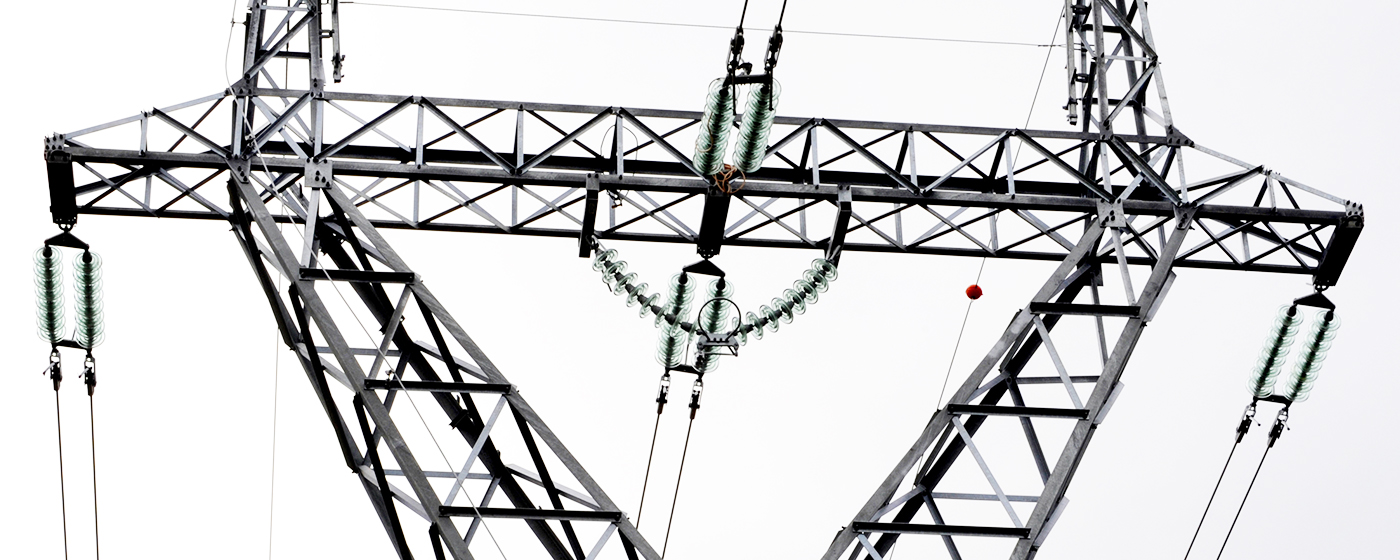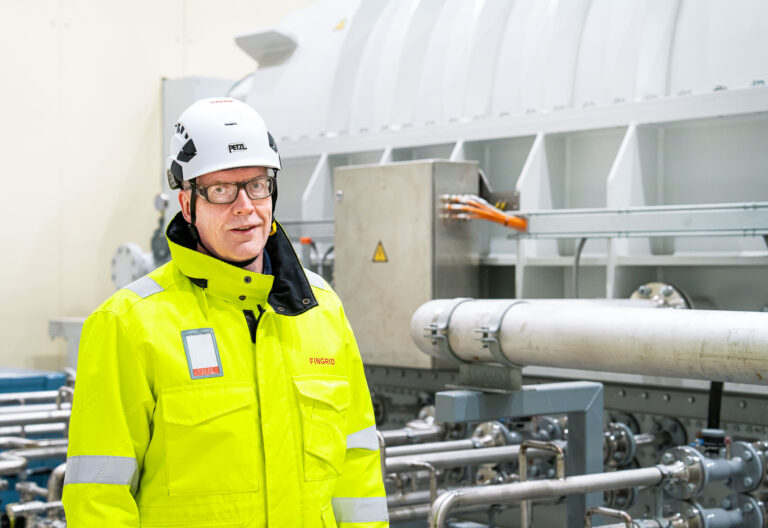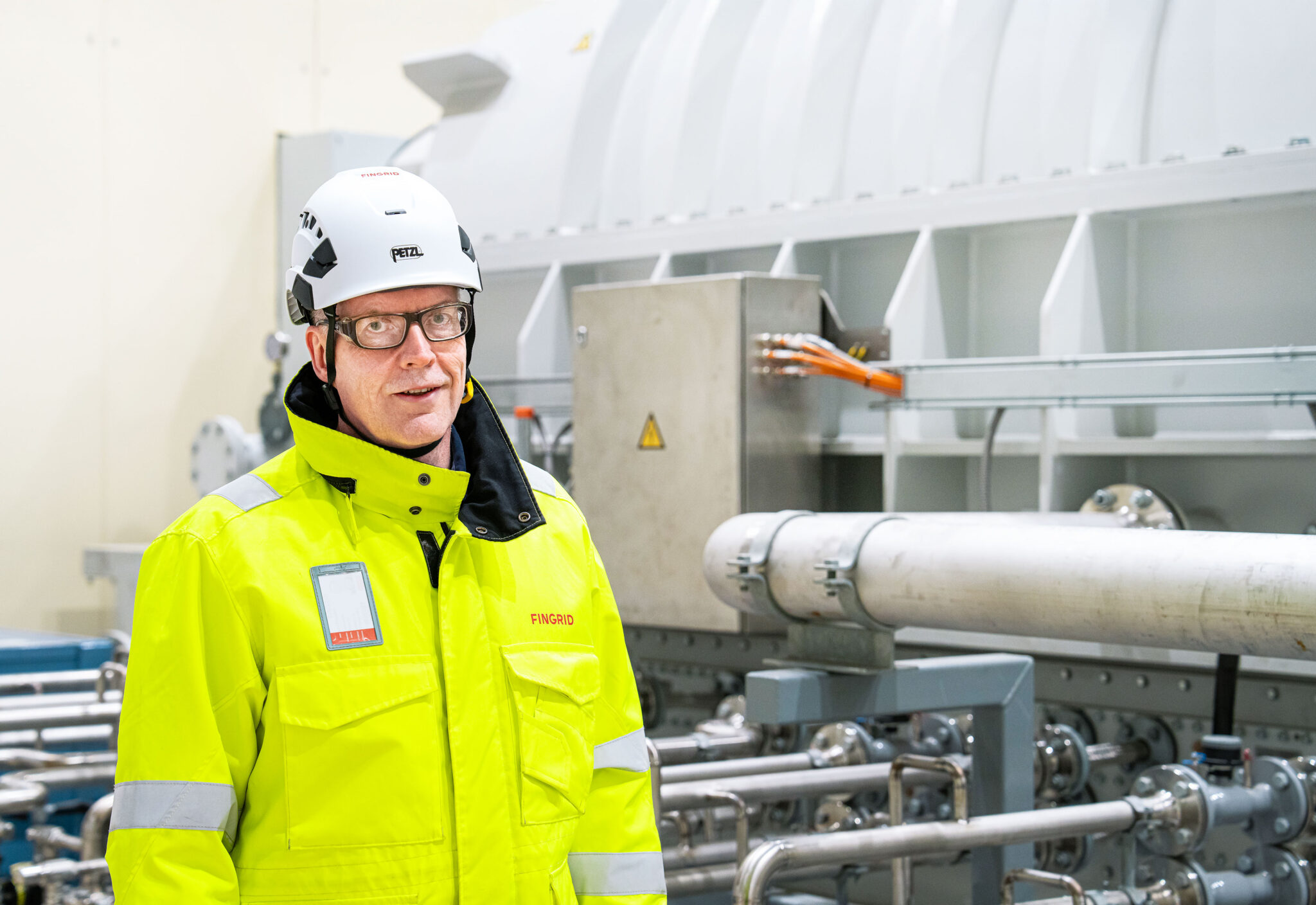Two instrument transformer explosions occurred on high-voltage devices at Fingrid substations in 2018. Some equipment failures without explosions also took place. In addition to presenting a system security problem, all these events involved significant occupational safety risks. The risks are much larger when a device explodes, causing large pieces to fly distances of several dozen meters at high speed. Furthermore, an explosion nearly always causes a local or, in the worst case, more widespread fire.
The device explosion in March happened on a 110 kilovolt voltage transformer and caused a local fire in addition to the disturbance. The explosion of a 400 kilovolt current transformer in July was the most damaging in financial terms. A spreading fire caused significant damage, because it extended beyond a single substation bay and affected the entire switchyard and its exterior.
An equipment failure that posed a serious risk to occupational safety occurred when a reactor circuit breaker broke on an August night. Following an insulator failure, the live parts of the gas circuit breaker and associated insulators were lying on top of the circuit breaker controller within touching distance of the work surface. Another event resulting in a similar risk occurred in the autumn without an equipment failure. In that case, two of the subconductors on a 20-kilovolt feed burned through completely. Since two were still functional and the dangling subconductors did not cause a fault, the problem could only be observed visually.
The positive side is that none of these events caused personal injury – and the same applies to device explosions that have happened earlier.
The main grid averages one high-voltage device explosion each year. However, when an explosion has happened, there have been several during the same years. This was also the case in 2018.
Maintenance has already been developed and this development work is continuing all the time. In addition, we’re also striving to reduce the consequences of damage by means of clarifications related to construction. Equipment is gradually becoming safer as, for example, the amount of oil in instrument transformers decreases and surface materials develop.
In addition to structural safety, it’s good to remember that we can also promote safety through our own actions. Avoid risks by utilising all your senses when moving around switchyards and only spend the necessary amount of time near high-voltage devices.







